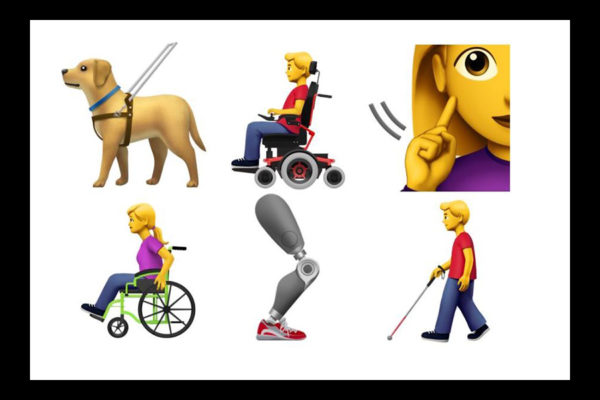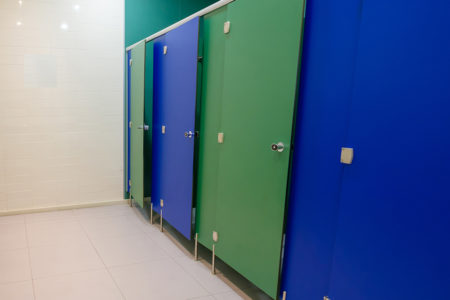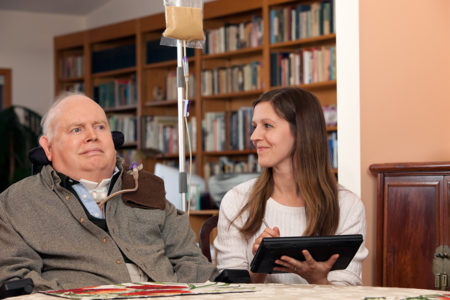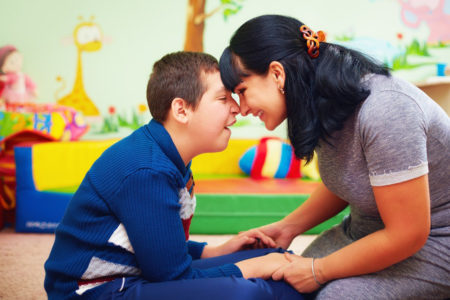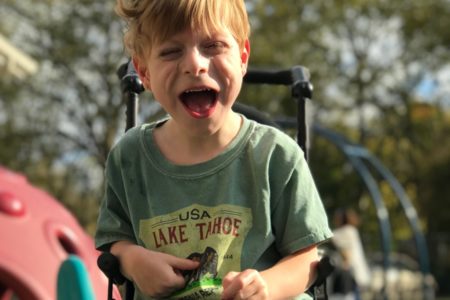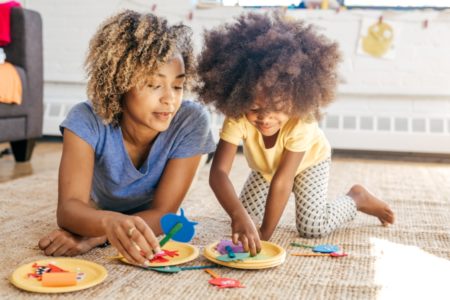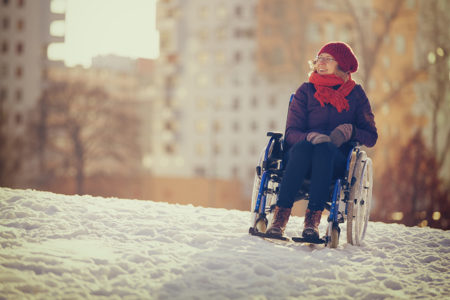If the emoji is the modern world’s equivalent to hieroglyphics, then I’m ready to see my son’s life adequately expressed.
Apple has recently issued a request for “the addition of emoji to better represent individuals with disabilities.”
In its proposal, Apple seeks to add nine new emoji to the visual lexicon: a guide dog, a male and female with a cane, a male and female with hearing loss, a hearing aid, a male and female in a mechanized wheelchair, a male and female in a manual wheelchair, a prosthetic arm, a prosthetic leg, and a service dog for those who are “deaf or have hidden disabilities such as Autism, seizures, anxiety, PTSD, etc”.
As a mother to a child with cerebral palsy who is in one of those manual wheelchairs, I am encouraged by this expansion of our visual language.
In order to better reflect the community at large, Apple worked in conjunction with the American Council of the Blind, the Cerebral Palsy Foundation and the National Association of the Deaf in order to develop clearly recognizable images that could appeal to a broad spectrum of special needs in the hopes that “diversifying the options available helps fill a significant gap and provides a more inclusive experience for all.”
This request must be approved by the Unicode Consortium, the powers that be which regulate what gets added and then pushed to all devices. As of June 2017, there were a total of 2,666 emoji in the Consortium’s database, with one blue handicap sign to reflect those with disability.
As a mother to a child with cerebral palsy who is in one of those manual wheelchairs, I am encouraged by this expansion of our visual language. If the emoji is the modern world’s equivalent to hieroglyphics, then I am ready to see my son’s life adequately expressed. If one hundred years from now humans can trace the patterns of our collective consciousness towards an awareness of differences not just in skin color or religion or sex, but also in ability and need, then I hope this development will prove pivotal.
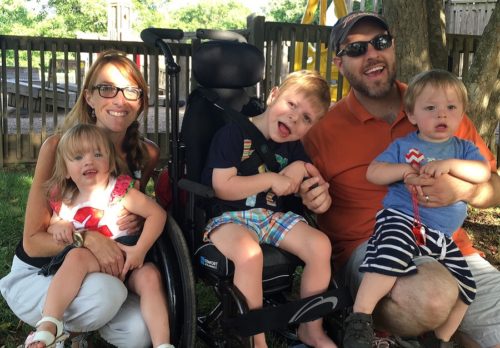
It has been a long time coming.
When my son first received his communication device, one of the first things that struck me was the “wheelchair” button. It was a simple picture of a boy in a wheelchair, much like himself, and it signified movement—to go, to set in motion. In all his early years, we had never had an image to represent his form of mobility. In children’s books and educational videos, “go” was a green light or a person walking or running. Now we had a button he could press to indicate both his need and his ability. And at five, he was delighted at the chance to see himself and his chair represented on screen.
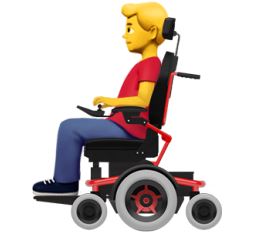
To have his wheelchair represented by an emoji is one step in bringing his experience into the dialogue.
Anyone who has traveled to a foreign country, but does not speak the language has felt the frustration coupled with anxiety that comes with the inability to express yourself. You need to catch a train from point A to point B, but you only have traveler’s checks and no map. You want a sandwich with no mayo but know the word for neither and so you point. You point at pictures and street signs and yourself and hope that someone, somehow will intuit your needs and meet them. This, for a very long time, has been my son’s world. He points and hopes the world will catch his drift.
To have his wheelchair represented by an emoji is one step in bringing his experience into the dialogue. I believe we are on the right path to reflecting the differences we see in the world around us with the digital media we use every day. This picture is not him, of course. No emoji is the whole and complete representation of anyone or any experience, but if it will help others better understand him, then I hope these nine new images are just the beginning.
In the future, I would like to see a speaking device like my son’s and male and female amputees and personal aides and other medical equipment. If, as Apple states in its proposal, “one in seven people around the world has some form of disability, whether that be a physical disability involving vision, hearing, or loss of physical motor skills, or a more hidden, invisible disability,” then let this be the beginning of a much longer conversation.

Jamie Sumner is a special needs mom, author and blogger.
Discover her new book, Unbound: Finding Freedom from Unrealistic Expectations of Motherhood.
Read her blog, The Mom Gene.
Follow her on Facebook.







